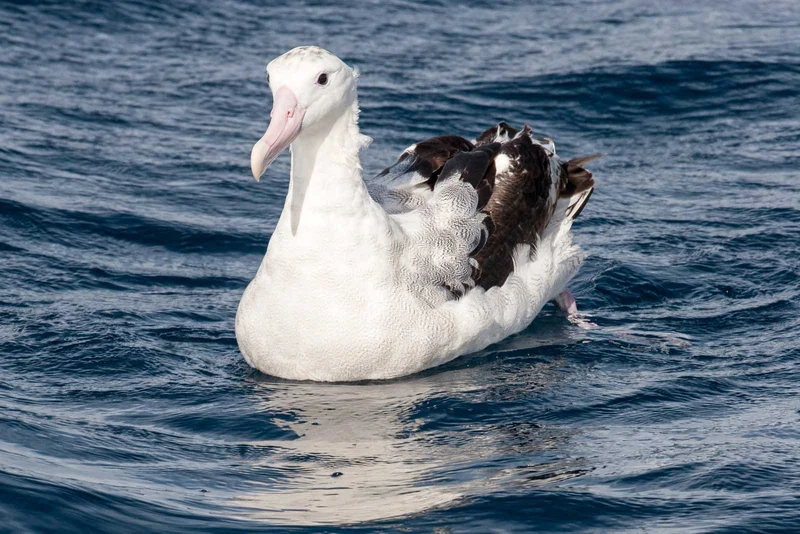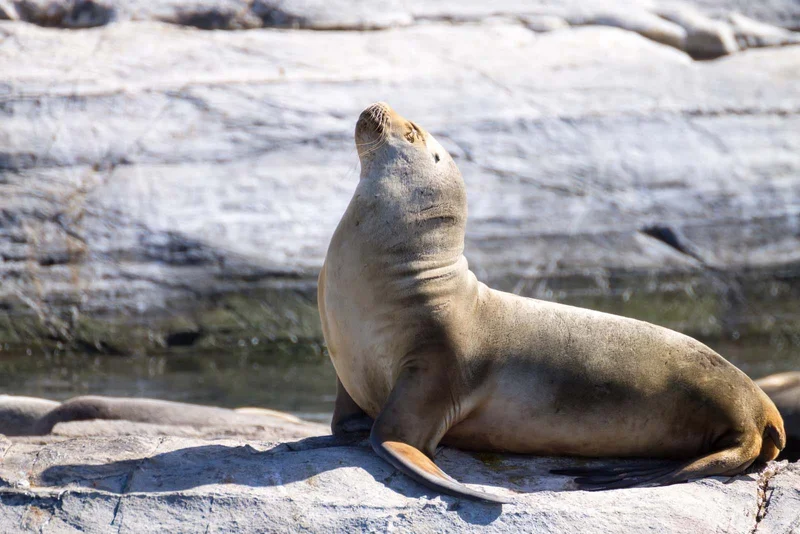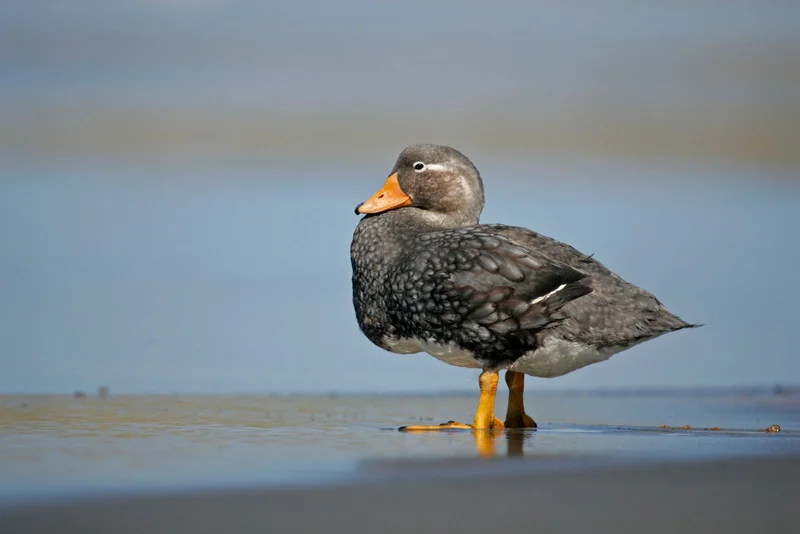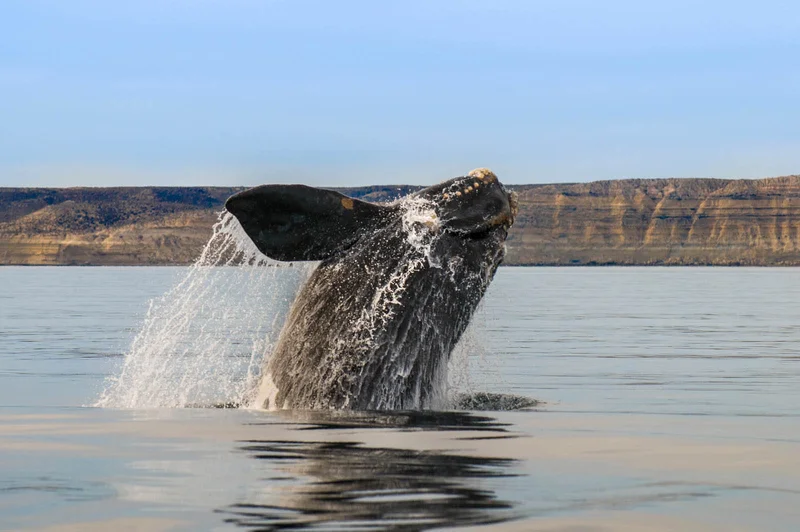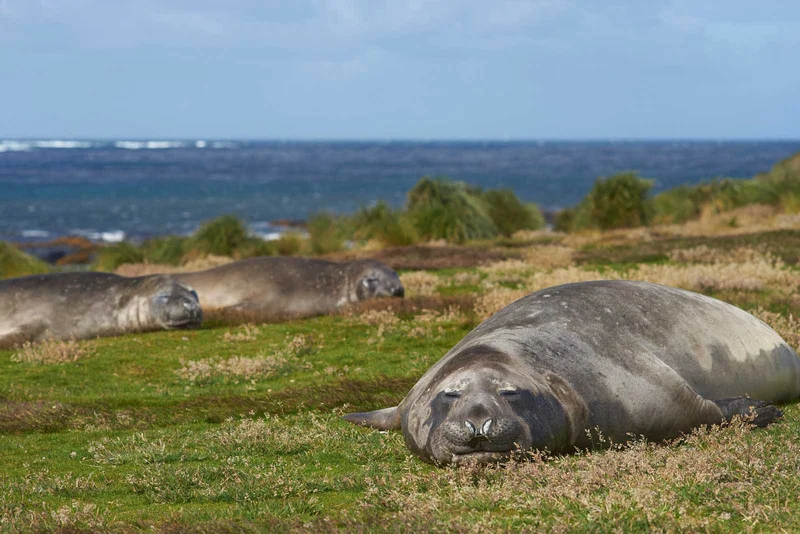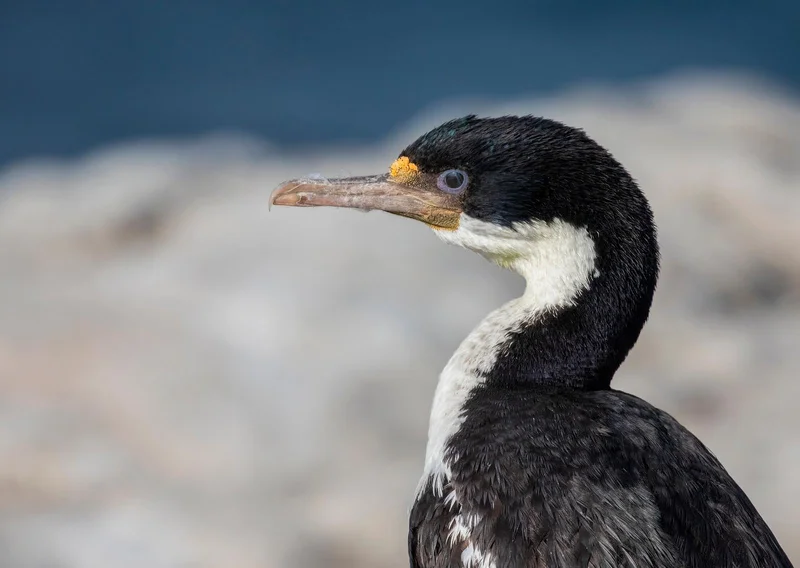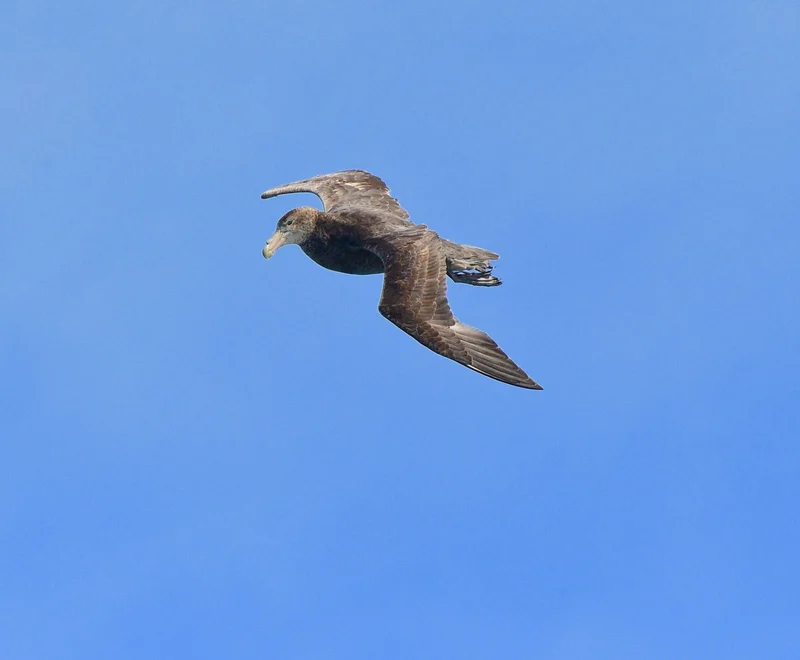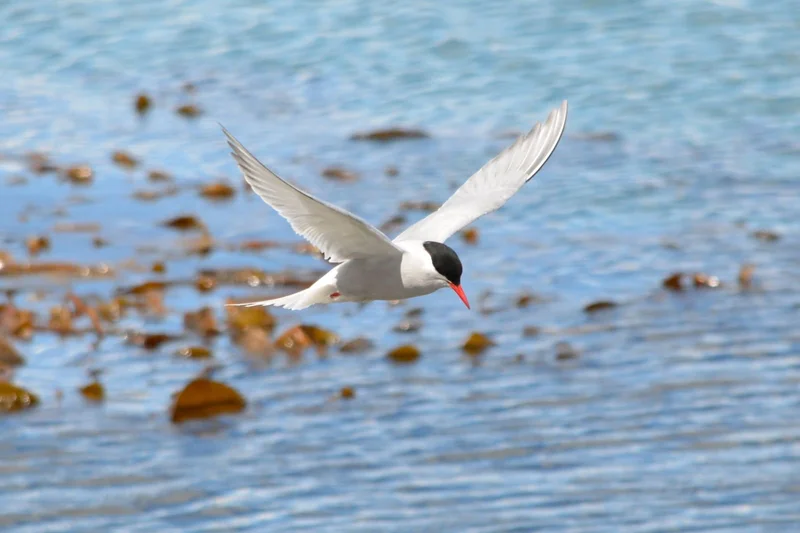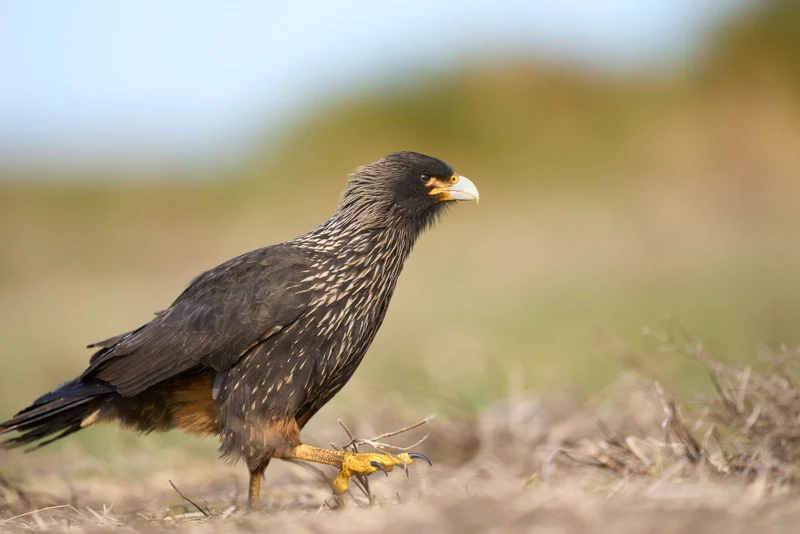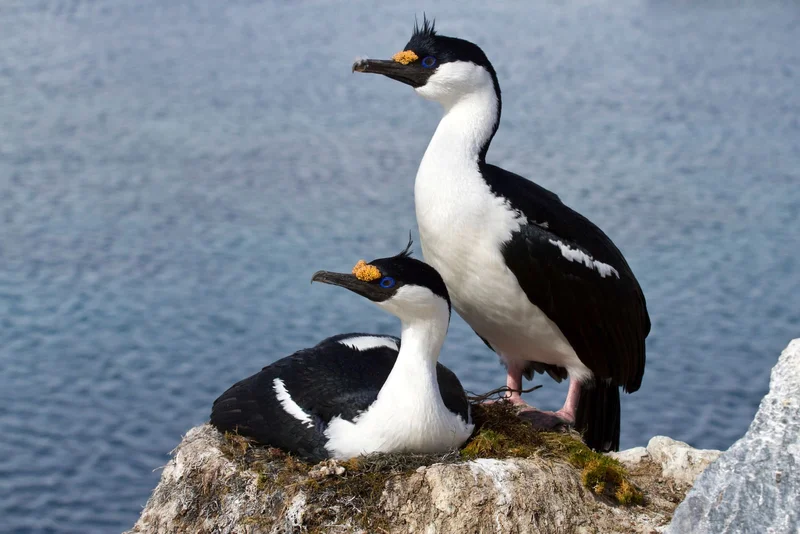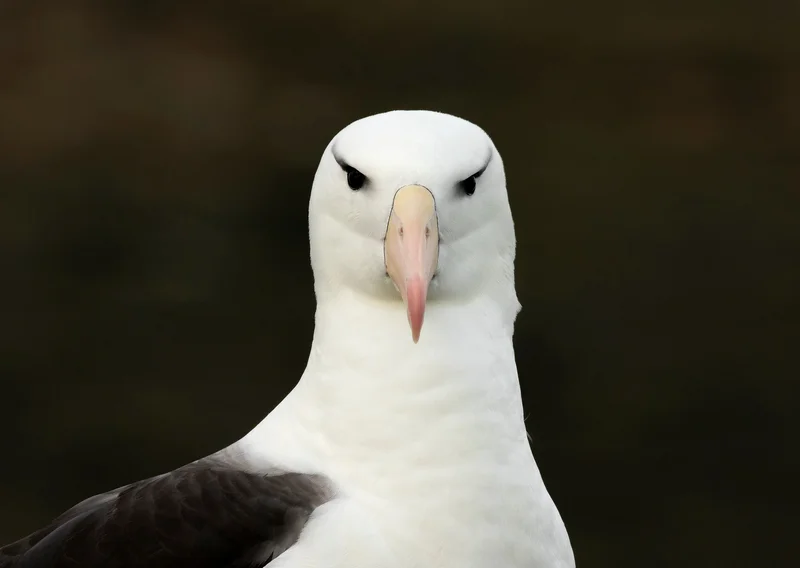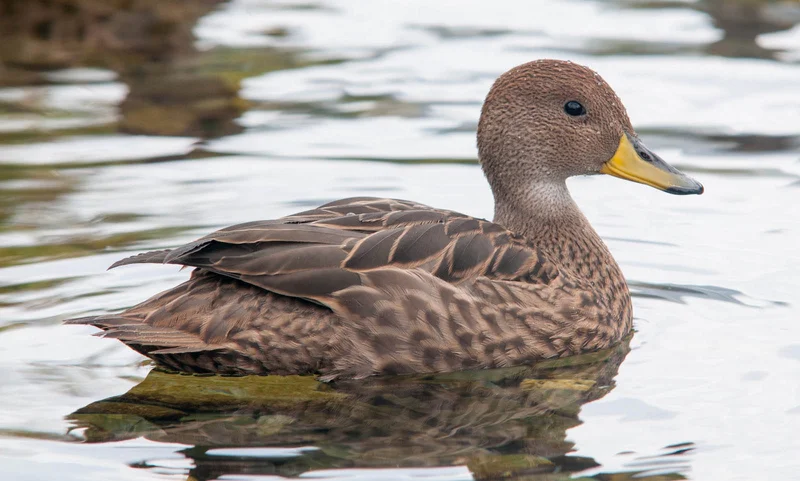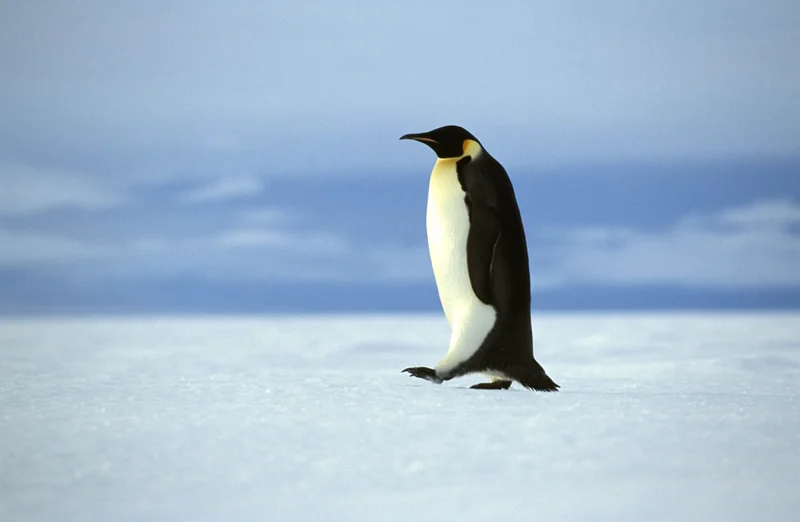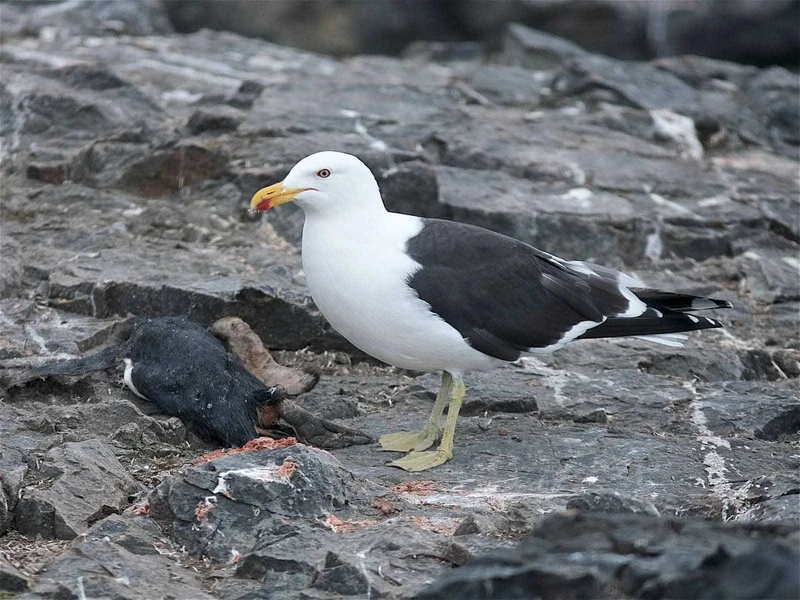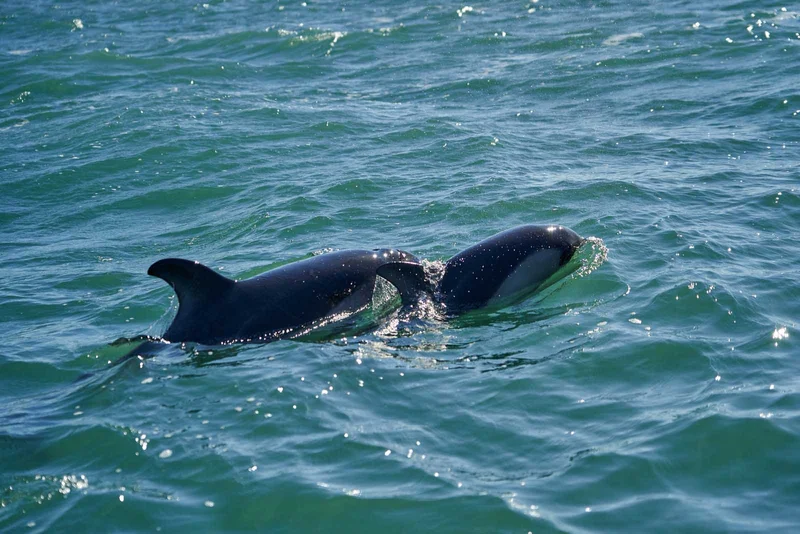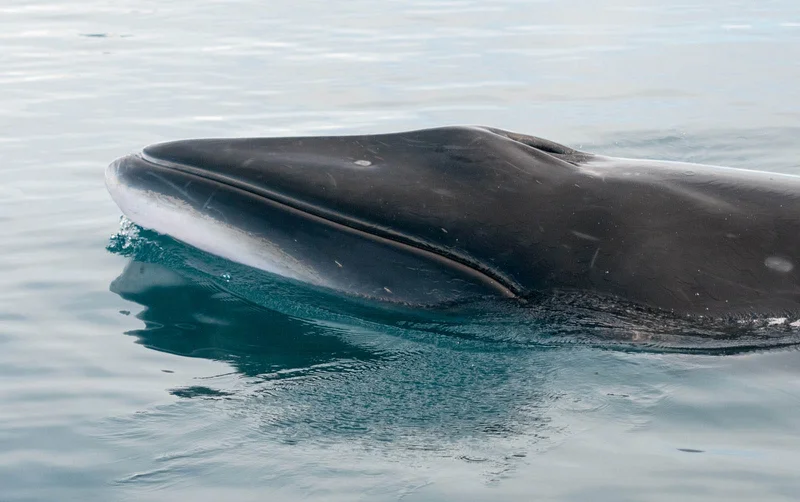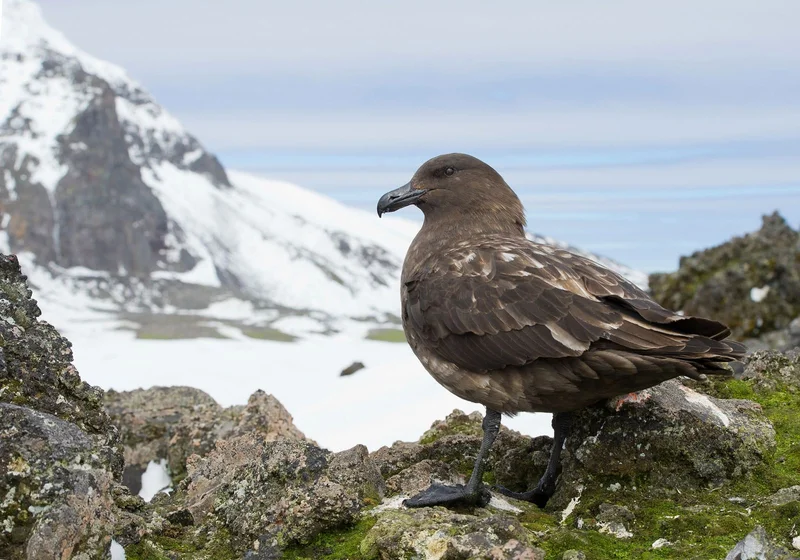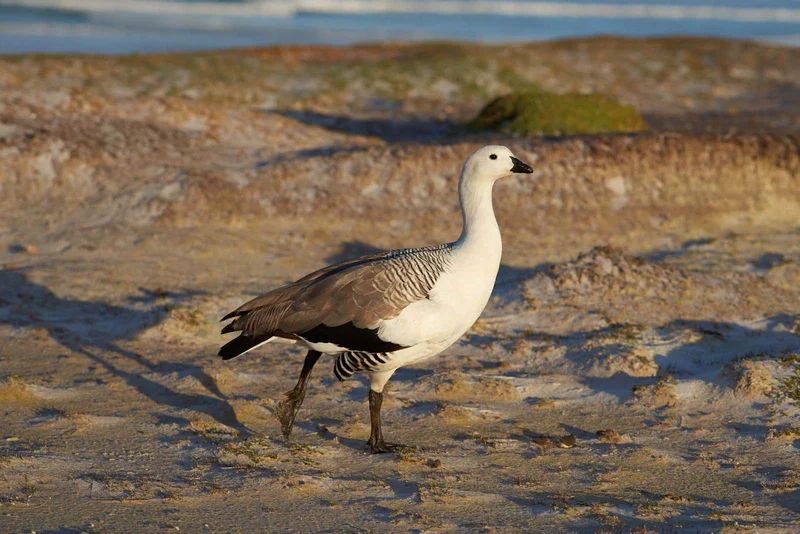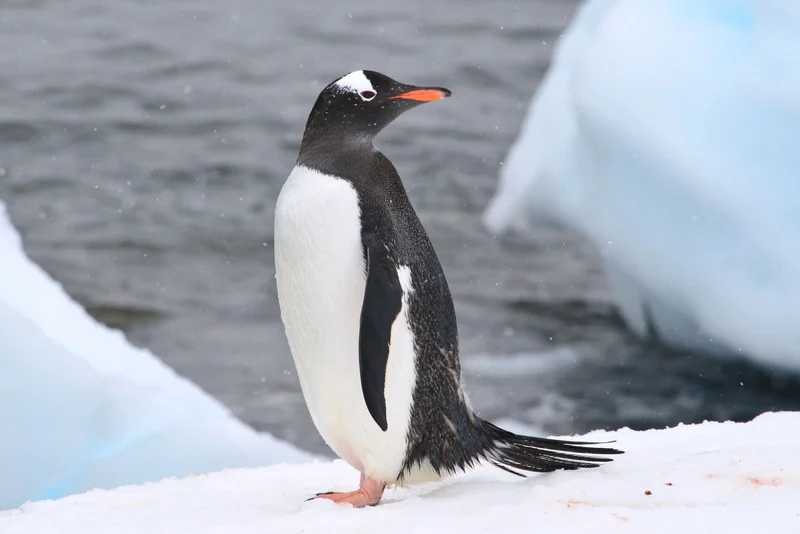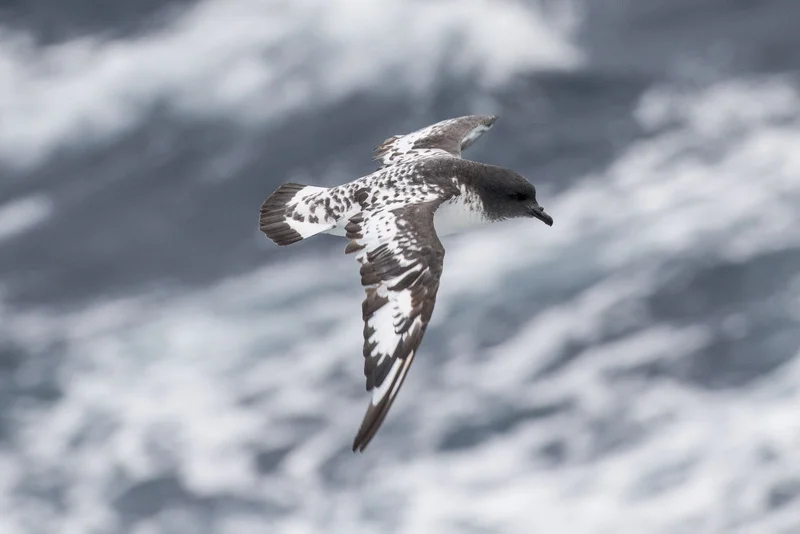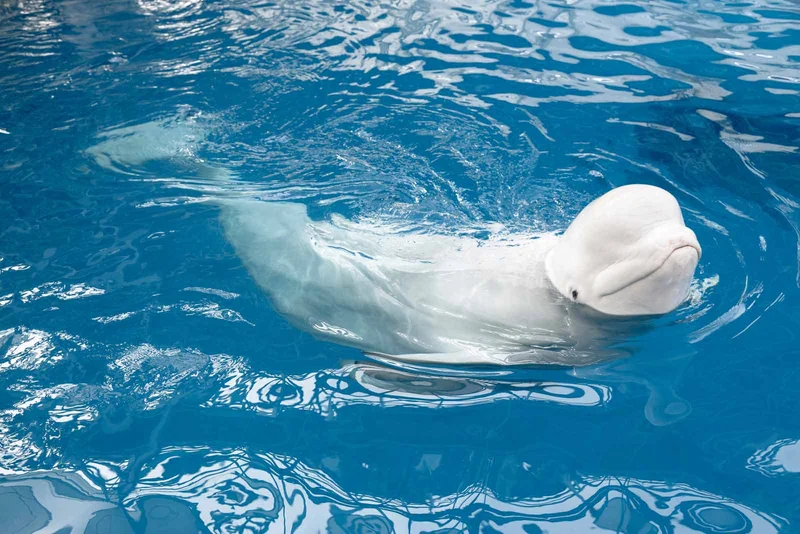Essential Southern Fulmar Information
The Southern Fulmar, often referred to as the Antarctic Fulmar, is a large seabird in the petrel family. Growing up to 50 cm (20 inches) in length and boasting a wingspan of almost 1.2 meters (4 feet), they are excellent gliders, frequently seen trailing ships in the Southern Ocean alongside Cape Petrels.
Physical Characteristics and Flight
Southern Fulmars have mostly white undersides with pale silver or grey upper bodies and darker wings. Their legs and feet are pale blue. In flight, they alternate between long glides and intermittent wing flaps, creating a graceful, silent presence in the air. While quiet during flight, they become much louder in their breeding colonies.
Habitat and Breeding
These birds breed on ice-free rocky cliffs, forming communal colonies on islands such as the South Shetland, South Sandwich, and South Orkney Islands. Their breeding season begins in November and December, during which they fill their colonies with loud, crackling calls.
Feeding and Behavior
Southern Fulmars are often seen feeding in flocks alongside other seabirds like Cape Petrels. They primarily feed on krill and other crustaceans but also take small fish and squid. Opportunistic feeders, they follow trawlers, whaling ships, and even Antarctic expedition vessels to scavenge meals.
Interesting Facts
- Graceful Gliders: Known for their smooth, silent gliding, Southern Fulmars follow ships, providing travelers with an elegant aerial show.
- Loud in Colonies: Although quiet in the air, Southern Fulmars become very vocal during breeding season.
- Feeding Habits: They feed on krill, fish, and squid, often congregating around dense prey concentrations or ships offering a potential meal.


